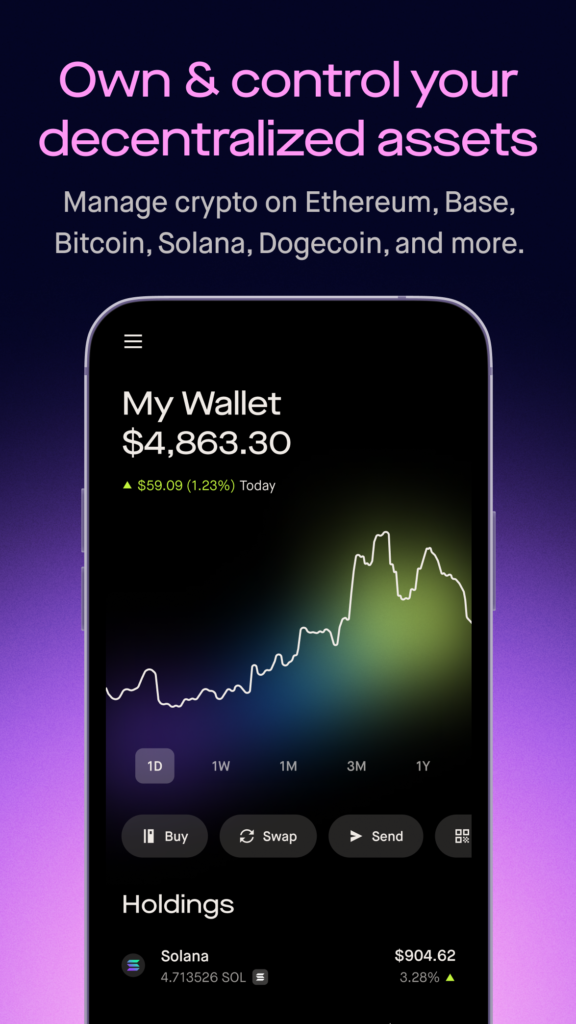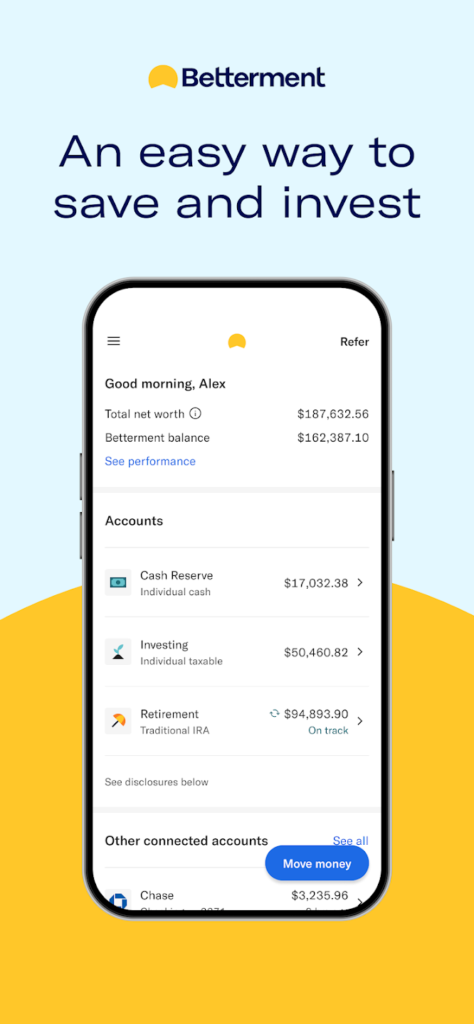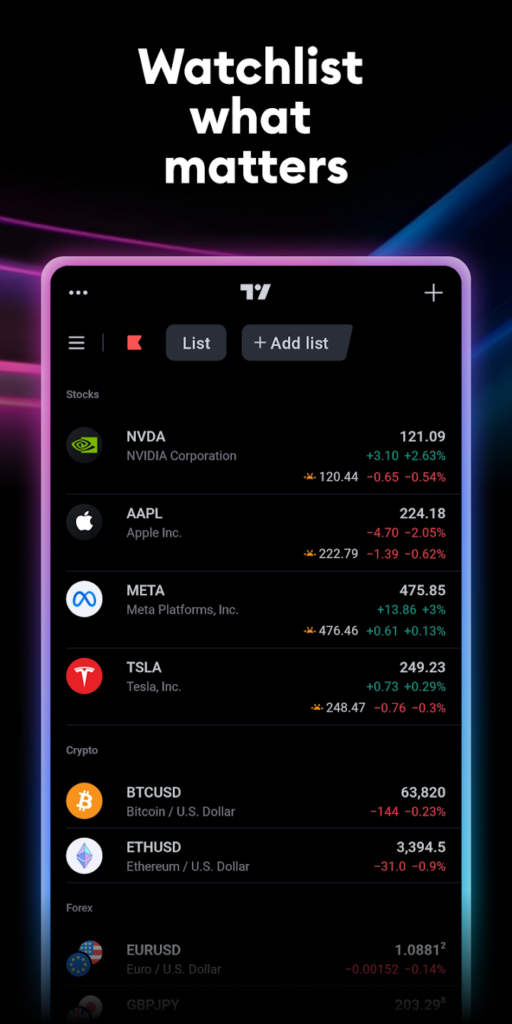
The way we invest has radically evolved over the past decade, and 2025 is shaping up to be the most tech-driven year yet. With a smartphone in your hand, you can now manage entire portfolios, analyze real-time data, and automate your financial goals. But with hundreds of apps flooding the market, how do you choose the one that fits your style and needs?
At bti, we’ve done the legwork for you. Below is our comprehensive review of the top investment apps for 2025. Whether you’re a beginner building your first portfolio or a seasoned investor looking for smarter tools, we’ve got you covered.
Top 5 Investment Apps of 2025
1. Robinhood: The Pioneer That Keeps Evolving
Still a household name in 2025, Robinhood has made major updates to its interface and offerings, with a stronger focus on education and crypto.
- Key Features: Commission-free trading, crypto wallet integration, real-time market news
- Pros: User-friendly, no fees, fast onboarding
- Cons: Limited research tools, basic charting
Best For: New investors who want simplicity and speed in trading.
2. Wealthfront: Automated Investing Gets Smarter
Wealthfront continues to dominate the robo-advisor space in 2025 with its AI-enhanced financial planning tools and tax-loss harvesting.
- Key Features: Automated portfolio management, financial goal tracking, integrated bank account
- Pros: Set-it-and-forget-it investing, low fees, great for long-term goals
- Cons: Limited flexibility for DIY traders
Best For: Hands-off investors focused on long-term wealth growth.
3. Public: Social Meets Financial
Public keeps growing thanks to its community-focused approach and educational transparency. In 2025, it’s gained traction among Gen Z and millennials.
- Key Features: Fractional shares, social investing feeds, community Q&As
- Pros: Educational content, inclusive environment, no minimum balance
- Cons: Limited advanced tools for pros
Best For: Social learners who value community and transparency.
4. Fidelity Spire: Investing Meets Goal Setting
Fidelity’s Spire app is tailored for young adults who are serious about aligning their investments with life goals—whether it’s saving for a house or paying off student loans.
- Key Features: Goal setting, personalized guidance, integration with Fidelity accounts
- Pros: Reputable brand, great support, holistic financial view
- Cons: Limited to U.S. users
Best For: Goal-driven investors and those transitioning from saving to investing.
5. SoFi Invest: All-in-One Finance Ecosystem
SoFi isn’t just about investing—it’s a complete personal finance platform. In 2025, its seamless connection between banking, loans, and investing is a standout feature.
- Key Features: Active and automated investing, access to IPOs, integrated banking
- Pros: Versatile, great for budgeting and investing in one place
- Cons: Interface can feel cluttered
Best For: Investors looking for a one-stop shop for financial management.
Real-World Use Cases
Let’s say you’re a recent college graduate trying to balance student loans, rent, and a budding interest in investing. With SoFi, you can manage your loans, build your credit, and invest your spare cash—all from one dashboard. Meanwhile, a retiree with $250K to invest might prefer Wealthfront’s passive, tax-efficient approach to wealth management.
Each of these apps serves a unique niche, making it easier to match personal financial behaviors with the right technology.
What Makes These Apps Stand Out?
- Personalization: AI-driven tools tailor investment paths to your goals and risk tolerance.
- Accessibility: No hefty account minimums; most offer fractional shares.
- Transparency: Real-time data and community features help you invest with confidence.
Final Verdict: Which App Should You Choose?
It depends on your goals. Robinhood is great for quick trades, while Wealthfront automates wealth building. Public brings social learning into finance, Fidelity Spire bridges savings and investment, and SoFi delivers a holistic financial lifestyle platform.
If you’re just starting out, try a couple of these apps in demo or small-fund mode. Each one is designed to make investing less intimidating—and more impactful. No matter which you choose, the key is to get started and stay consistent. And that’s where technology truly shines in 2025.



wow nice
It’s helpful suggestions for us